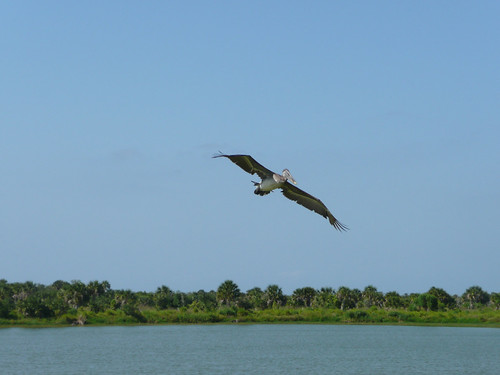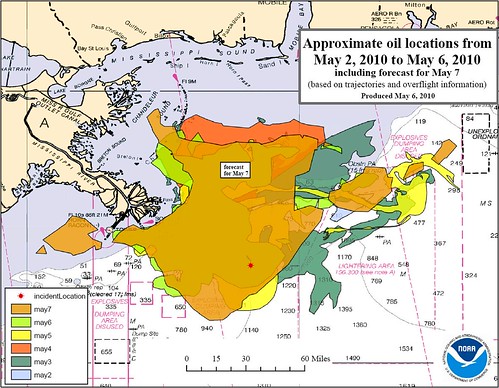Top Administration Officials Meet with Gulf Coast Damage Assessment Trustees; Visit Delta National Wildlife Refuge 0
|
Key contact numbers
|
Deepwater Horizon Incident Phone: (713) 323-1670 |
NEW ORLEANS, La. – Top federal officials met today with the trustees overseeing the natural resource damage assessment for the Gulf of Mexico to discuss the on-going response efforts to the BP oil spill and to reiterate the Administration’s commitment to long-term Gulf Coast restoration and recovery.
The Administration team included Secretary of the Interior Ken Salazar; National Oceanic and Atmospheric Administration Administrator Jane Lubchenco; Environmental Protection Agency Administrator Lisa Jackson; and Council on Environmental Quality Chair Nancy Sutley. Later in the day, the team, accompanied by Interior Assistant Secretary of Fish and Wildlife Tom Strickland, visited the Delta National Wildlife Refuge in Venice, Louisiana and nearby areas affected by the BP oil spill.
“Though the flow of oil is stopped and the relief well is approaching its final phases, many chapters lie ahead for the recovery and restoration of the Gulf Coast from this oil spill,” said Interior Secretary Ken Salazar. “From the marshes here in the Delta National Wildlife Refuge to the wildlife habitat around the Gulf Coast, we will stay focused on the job at hand every step of the way and ensure that those accountable for the spill fulfill their responsibilities.”
“We’ve come here to assess the current phase of the response effort and meet with local citizens about the long-term recovery. Their input and expertise is going to be essential every step of the way,” said EPA Administrator Lisa P. Jackson. “With the spill successfully capped we turn our focus to recovery for these communities and restoration of the environment.”
“Sites such as the Delta National Wildlife Refuge represent some of our most productive and pristine coastal habitats and support recreation and jobs along the Gulf Coast,” said Jane Lubchenco, Ph.D., under secretary of commerce for oceans and atmosphere and NOAA administrator. “NOAA remains committed to implementing a comprehensive Natural Resource Damage Assessment and participating in state and partner-led programs that will lead to restoring the Gulf.”
“Stopping the flow of oil is just the beginning of our commitment to the Gulf Coast,” said Nancy Sutley, Chair of the White House Council on Environmental Quality. “We are focused on doing everything we can to restore and protect the health of the ecosystems, resources and communities of this region, both immediately and in the long term, and we are not going anywhere until we have succeeded.”
The Natural Resource Damage Assessment Trustee Steering Committee includes representatives of federal agencies, states and tribes that have jurisdiction over the Gulf Coast natural resources that may have been damaged by the BP oil spill. They have been directing the coordinated effort to assess injury and determine damages. That information will be used to recover compensation for interim losses of natural resources and services as well as compensation for the restoration, rehabilitation, replacement, or acquisition of equivalent natural resources or services. The trustees have established more than a dozen study groups (e.g., birds, shoreline, mammals and turtles, etc.) to coordinate injury assessment activities.
Portions of the Delta National Wildlife Refuge’s 49,000 acres have been closed to the public since April due to oil but are scheduled to reopen on August 22. The Delta is home to many fish, waterfowl and animals, including species such as the American alligator, brown pelican, and Arctic peregrine falcon — riches of the Gulf Coast that need to be protected, restored and preserved. The Refuge’s marshes have been threatened by this oil spill, and more than 30,000 personnel are currently responding to protect the shoreline and wildlife and cleanup vital coastlines.
###
Recent Updates for Unified Command for the Deepwater BP Oil Spill | Deepwater Horizon Response



